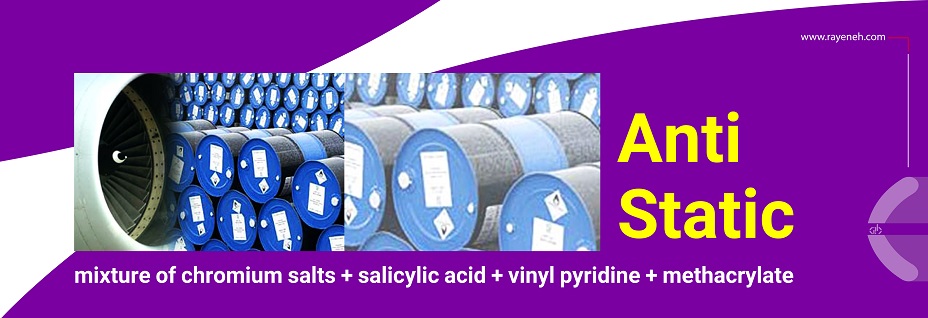
Antistatics are chemical substances that prevent the creation of static charge in some materials such as polymers and jet fuel due to the increase in conductivity and decrease in mass or surface resistance.
The lower the amount of moisture in the air, the weaker the efficiency of antistatics, because the presence of water creates a bar electric conductive layer on the material.
Antistatic molecules often consist of two parts, hydrophilic and hydrophobic, like surfactants. The hydrophobic side interacts with the surface of the material, while the hydrophilic side interacts with the moisture in the air and binds water molecules together. Antistatic agents can be external and internal.
With external antistatic agents, the target material is covered by spraying or through immersion, while internal antistatic agents are placed inside the structure of the material and then migrate to the surface.
Characteristics
| Appearance | Dark yellow liquid |
| Density | 0.92 kg/lit at 15 °C |
| Kinematic viscosity at 40°C | 7 cSt |
| Kinematic viscosity at 0 °C | 22 cSt |
| Solidification temperature | Below -39 °C |
Application
- Preventing discharge of electric charge and causing explosion and electric shock
- Antistatic in jet fuel
- Antistatic in polymers
Packing
Antistatic is in liquid form and is sold in 180 kg barrels.
Chemical Formula
- mixture of chromium salts + salicylic acid + vinyl pyridine + methacrylate
